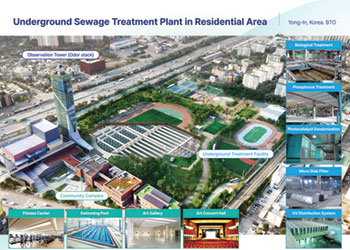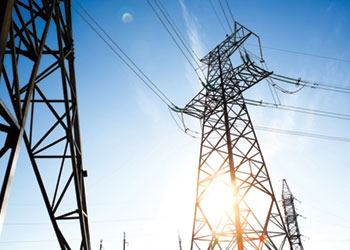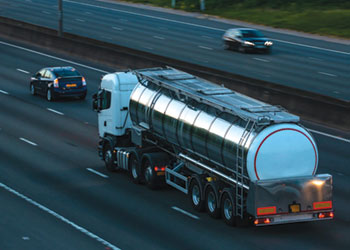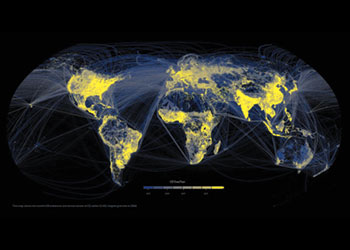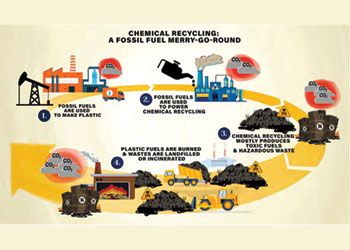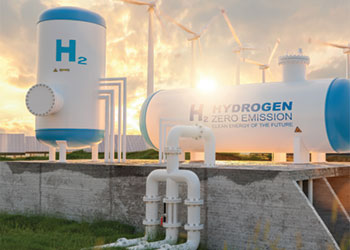
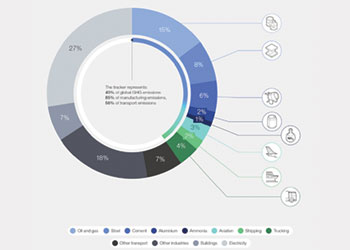 Share of global GHG emissions for heavy industrial and transport sectors
Share of global GHG emissions for heavy industrial and transport sectors
The WEF’s Net-Zero Tracker 2023 explores in detail how low-carbon solutions and infrastructure will contribute to increasing the pace of decarbonisation in hard-to-abate industries
Some $13.5 trillion in investments will be needed by 2050 to transition to a more sustainable and carbon-neutral future, particularly in the production, energy and transport sectors, according to a new World Economic Forum report.
The Net-Zero Industry Tracker 2023, published in collaboration with Accenture, takes stock of progress towards net-zero emissions for eight industries – steel, cement, aluminum, ammonia, excluding other chemicals, oil and gas, aviation, shipping and trucking – which depend on fossil fuels for 90 per cent of their energy demand and pose some of the most technological and capital-intensive decarbonisation challenges.
The report, published at the same time as the UN called at COP28 for "dramatic climate action" to close an "emissions canyon", outlines pathways to accelerate the decarbonisation of emission-intensive production, energy and transport industries.
While the pathway to net-zero in these sectors will differ based on unique sectoral and regional factors, investments in clean power, clean hydrogen and infrastructure for carbon capture, utilisation and storage (CCUS) will be needed to accelerate industrial decarbonisation across most sectors.
"Decarbonising these industrial and transport sectors, which emit 40 per cent of global greenhouse gas emissions today, is essential to achieving net-zero, especially as demand for industrial products and transport services will continue to be strong," says Roberto Bocca, Head of Centre for Energy and Materials, World Economic Forum.
"Significant infrastructure investments are required, complemented by policies and stronger incentives so industries can switch to low-emission technologies while ensuring access to affordable and reliable resources critical for economic growth."
According to the report, the $13.5 trillion in investments is derived from average clean power generation costs of solar, off-shore and on-shore wind, nuclear and geothermal, electrolyser costs for clean hydrogen and carbon transport, as well as storage costs.
The Net-Zero Industry Tracker proposes a comprehensive framework of emissions drivers and enablers to measure progress and identify gaps, scorecards for each industry, and opportunities for cross-sector collaboration.
Building on the 2022 edition, the updated report includes transportation sectors and applies the framework to identify strategies for net-zero industrial transformation.
The report’s findings underscore the urgency for creating a robust enabling environment, including low-emissions technologies, infrastructure, demand for green products, policies and investments.
In addition to increasing capital expenditures to decarbonise existing industrial and transport asset bases, further investment is needed to build a clean-energy infrastructure.
The majority of the technologies needed to deliver net-zero emissions are expected to reach commercial maturity after 2030, highlighting the need for collaborative approaches to research, develop and scale them.
This includes substituting legacy technologies with low-emission alternatives, increasing efficiency of processes and machinery, electrification and driving circularity.
"It is imperative that action is taken soon to both decarbonise and improve energy efficiency; otherwise, unabated fossil-fuel demand in the key industry sectors, which have grown 8 per cent on average the past three years, will increase very significantly by 2050," says Bocca.
"But industrial leaders can respond through new collaborative ways of working and innovating, for example within industrial clusters and by fostering best practices, sharing infrastructure in important areas like clean hydrogen and CCUS and building demand for lower-emissions products," he adds.
According to the report, carbon pricing, tax subsidies, public procurement and development of strong business cases can support in mobilising necessary investments. However, raising capital for high-risk projects with unproven technologies could be challenging in the current macroeconomic environment.
Institutional investors and multilateral banks, therefore, can play an important role by providing access to low-cost capital linked to emissions targets; equally vital is adapting financial models to the needs of various industries and regions.
The report acknowledges that recent policy developments can push the industrial net-zero transformation in the right direction. While some advanced economies are enacting large-scale policy measures, emerging economies – which will account for a larger share of future demand for industrial products and transport services – will need help accessing low-emission technologies and solutions.
The report also calls for industrial sectors to focus on the following five areas, and details specific actions for each of the sectors as part of its individual scorecard:
• Technology – Prioritise clean power technology across most sectors, commercially scale CCUS in cement, and improve technology to reduce costs for clean hydrogen development.
• Infrastructure – Promote shared infrastructure, such as industrial hubs and clusters.
• Demand – Create a standardised framework for low-emissions products, a simple emissions-intensity calculator and an auditable carbon-footprint assessment process, improving consumer transparency.
• Policy – Align on emissions reduction requirements globally, with policies customised to suit individual country needs and enhance market transparency to increase emission intensity visibility.
• Capital – Improve transparency for low-emissions and low-carbon alternatives, strengthen demand signals and reduce capital expenditures through shared infrastructure development.
By Abdulaziz Khattak










































































